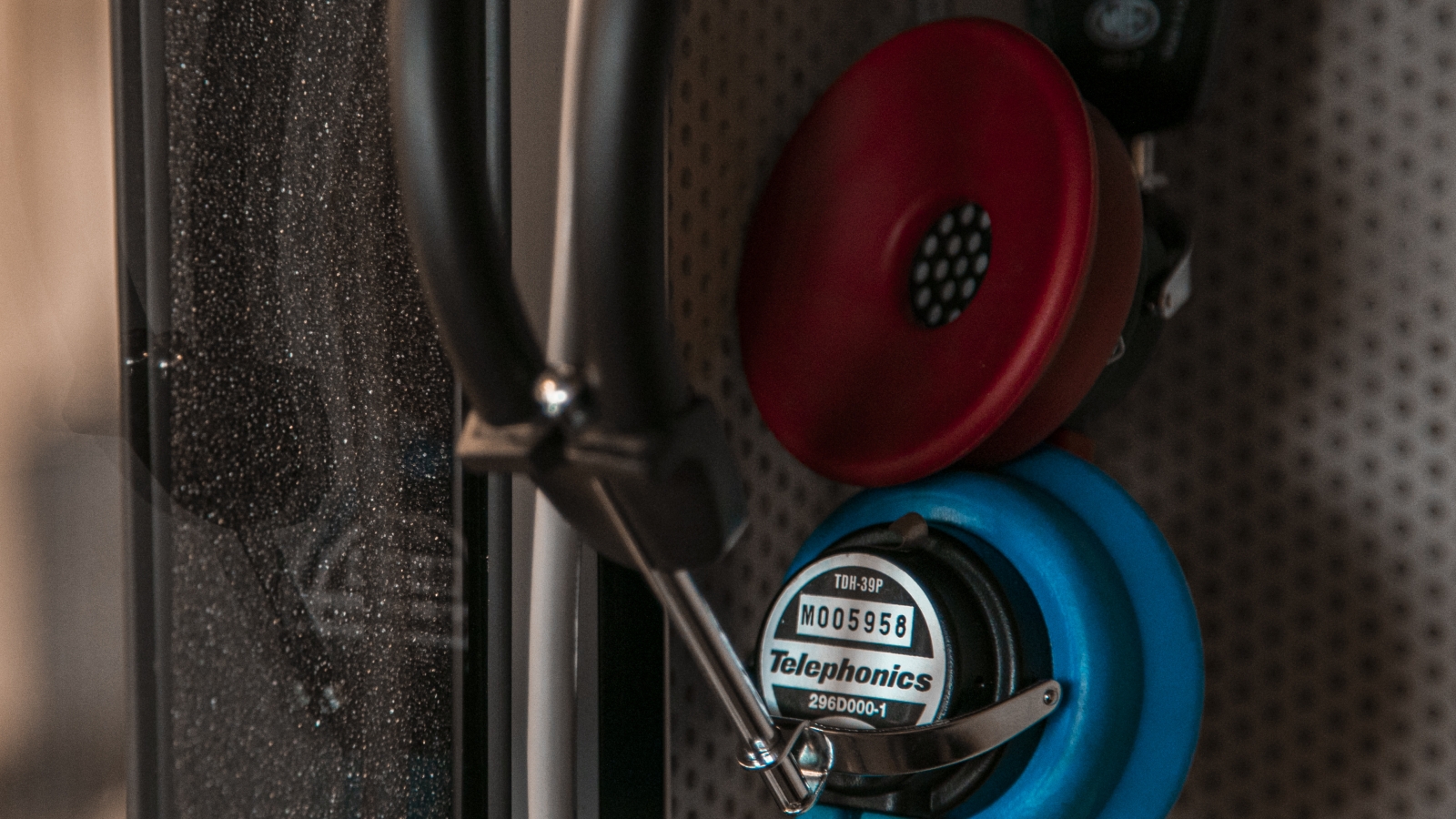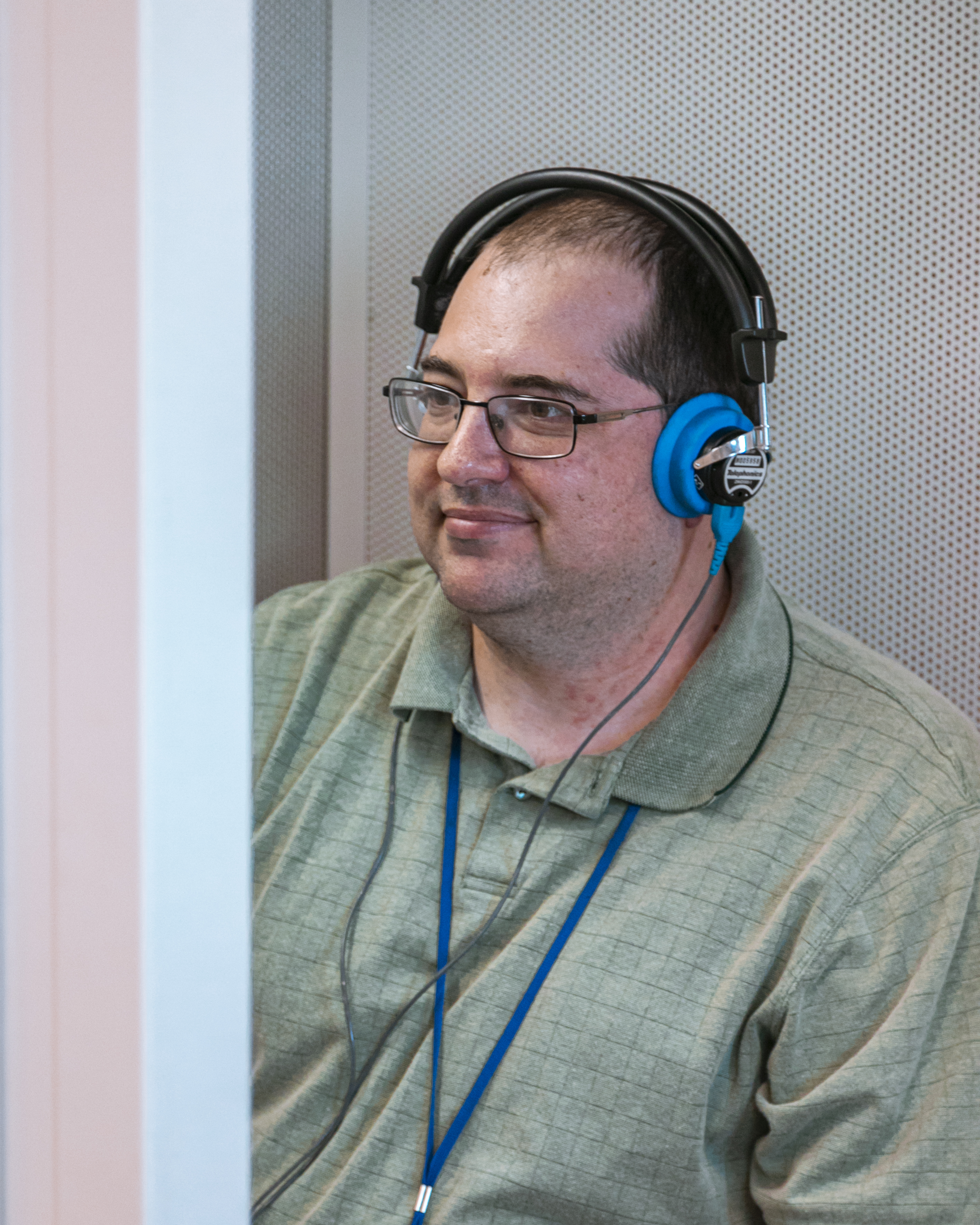
Audiometric testing equipment used for Sanford Lab's Hearing Conservation Program.
In the construction industry, stories of hearing loss are all too common. According to the Bureau of Labor Statistics, occupational hearing loss is the most commonly recorded occupational illness in manufacturing (17,700 cases out of 59,100 cases), accounting for 1 in 9 recordable illnesses.
To combat this problem, industries today, including the Sanford Underground Research Facility (Sanford Lab), have a dedicated Hearing Conservation Program. These programs are established to prevent overexposure to high noise levels and hearing loss using engineering controls, hearing protection and diagnostic audiometric tests.
“Noise exposure is insidious,” said Jason Rosdahl, industrial hygienist at Sanford Lab. “With most injuries, you notice the effects right away. Noise exposure, however, gradually reveals its effects over long periods of time. By the time you really notice the difference, you've lost your hearing, and you can't get it back.”
The subtle nature of hearing loss is exactly why audiometric tests are important, Rosdahl explained. These annual tests gauge a person's ability to hear sound at various frequencies and are performed with the use of an audiometer. The diagnostic test catches subtle shifts in hearing levels far earlier that one might notice on their own.

Rosdahl demonstrates audiometric testing equipment. Photo by Nick Hubbard.
“You can catch changes year-to-year and take corrective actions, if needed, rather than finding out there is damage 30 years later when it’s too late to make a change,” said Rosdahl.
Sanford Lab is gearing up to do its annual audiometric testing this September. Results of these tests are an indicator of the effectiveness of the facility’s preventative controls.
“The best way to control noise is to engineer it out at the source, adding a muffler to equipment or using noise-suppressing material,” said Rosdahl. “You can also limit exposure. If you don't have to be right next to a high noise source, you can reduce the time you spend near it. The last resort is personal protective equipment, including ear plugs and earmuffs, if you have to be close to the noise source for long periods.”
The Hearing Conservation Program applies to all Sanford Lab employees who may be exposed to noise hazards above the action level as defined by OSHA, the Occupational Safety and Health Administration. Those roles include infrastructure technicians, water treatment plant operators, industrial electricians, rope technicians and, on a case-by-case evaluation basis, facilities technicians, technical support leads and safety specialists.
“Hearing is one of those things—once you lose it, you can't get it back,” Rosdahl said. “As one of our main senses, it’s something that impacts almost everything we do. We’ve got to be sure to monitor and protect it for our employees.”
The Sanford Underground Research Facility promotes health and safety in the workplace, as well as healthy living and wellness for all employees. If you have questions about health and wellness, please contact a member of the Environmental, Safety, Health, and Quality Assurance Department or our onsite occupational health nurse, Laura Baatz at lbaatz@sanfordlab.org.